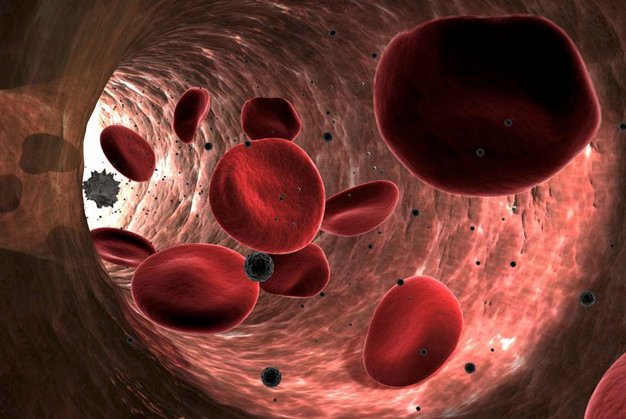Prokaryotic & Eukaryotic: Two Types of Biological Cells

Two Basic Types of Cells
1.Prokaryotic cells:

Prokaryotic cells are evolutionarily ancient. They were here first and for billions of years were the only form of life. Today most life is prokaryotic, and these cells are supremely successful. All bacteria and bacteria-like Archaea are prokaryotic organisms.
2. Eukaryotic cells:
Eukaryotes can be single-celled or multi-cellular organisms. Eukaryotic cells are more complex, having evolved from a prokaryote-like predecessor. Most of the living things that we are typically familiar with are composed of eukaryotic cells; animals, plants, fungi and protists.

- Features of Cells:
Features of Prokaryotes-
Pro means “before”, karyon means “nucleus.”
- The prokaryotes are primarily distinguished by the fact that they lack the eukaryotic feature of a membrane-bound nucleus. The only the membrane in prokaryotic cells is the plasma membrane, the outer boundary of the cell itself.
- Ribosomes are their only type of organelle, and their genetic material is naked within the cytoplasm. A few hundred years ago, it was believed that living things could generate, moment by moment, from a non-living matter. We now know better that living things are made of cells, and cells come from other cells.
Modern prokaryotes, are represented by the domains Archaea and Eubacteria, are single-celled organisms that reproduce through binary fission, duplicating their genetic material and then essentially splitting to form two daughter cells identical to the parent.
Features of Eukaryotes
Eu means “true”; karyon means “nucleus.”
1. Eukaryotic cells are larger, more evolutionarily and complex, and are recent than prokaryotes. Whereas prokaryotes are archaea, eukaryotes, and bacteria are everything else earthworms, amoebae, grass, mushrooms, you, bugs.
2. Eukaryotes also have specialized energy-producing organelles called mitochondria and plants have chloroplasts. Both chloroplasts and mitochondria are believed to have evolved from prokaryotes that began living symbiotically within eukaryotic cells long ago.
3. The most noticeable feature that differentiates these complex cells from prokaryotes is the presence of a nucleus; a double membrane-bound control centre separating the genetic material, DNA (deoxyribonucleic acid), from the rest of the cell.
Eukaryotic cells also have an endomembrane system composed of different membrane-bound organelles that transport materials around the cell. The endomembrane system includes the nuclear membrane, rough and smooth endoplasmic reticulum, Golgi apparatus and various types of transport vesicles.
These vital organelles are involved in metabolism and energy conversion within the cell.
Depending on the organism, eukaryotic cells can reproduce in one of several ways, including meiosis (sexual reproduction) and mitosis (cell division producing identical daughter cells).
Get Free “Winspire Digital Worksheets of worth Rs. 129 Value”
Please enter your details to get the monthly E – Booklet + absolutely premium content to expand your horizons.


